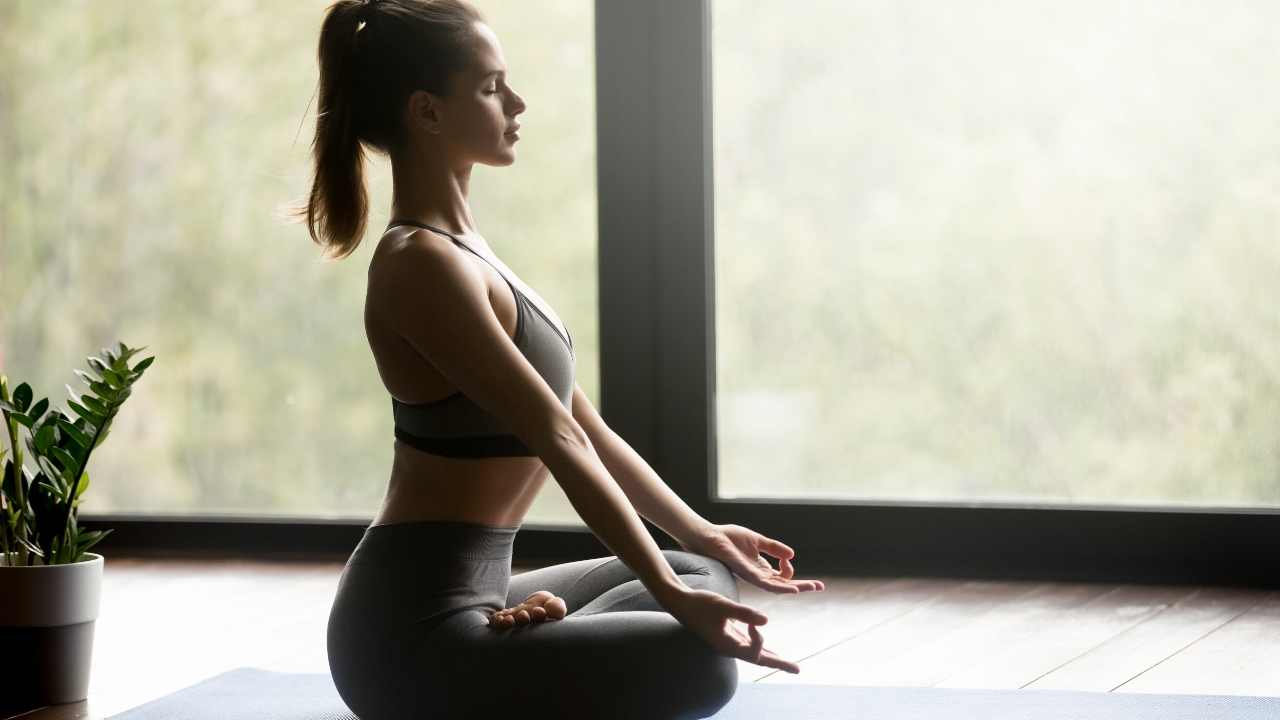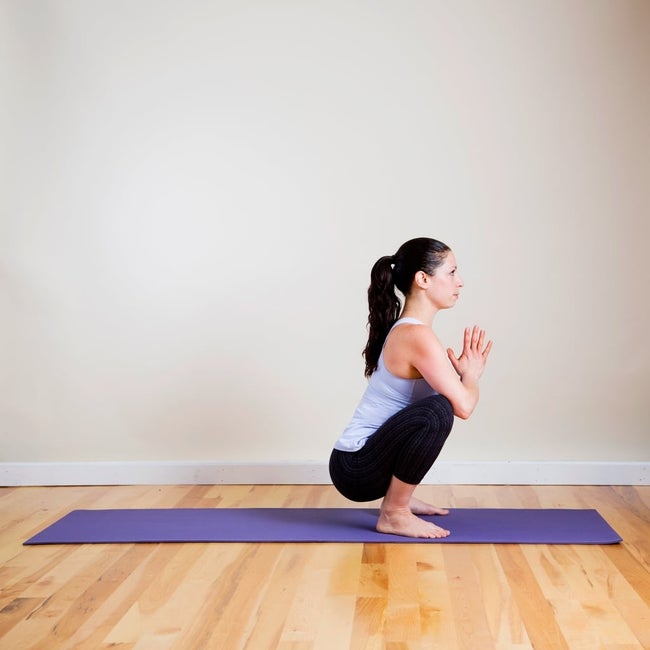
Yoga is a good option for treating hypothyroidism. Yoga will allow you to regulate your thyroid hormone levels and stimulate the blood flow. Hypothyroidism sufferers can benefit from these poses. These poses are not recommended for pregnant or peri-menstruating women.
Setu bandhasana
Your thyroid hormone levels should be taken into consideration when you practice yoga. One yoga pose can help regulate thyroid hormone levels, and indirectly aid with hypothyroidism treatment. The forward bend strengthens the neck and spine while stimulating the thyroid glands. It is helpful in managing high blood pressure as well as osteoporosis symptoms.

Cobra pose
Cobra pose, a great yoga move for hypothyroidism, is very popular. It helps improve thyroid function, and it also helps stretch the neck and throat. It can also help with back pain and shoulder and back stretching. However, this pose should not be performed by anyone who has undergone abdominal surgery or who cannot keep their arms straight.
Plow pose
Plow pose is a pose that helps to balance the thyroid and endocrine glands. It is not an easy pose, but it can help balance the thyroid and improve circulation. The plow poses involves lowering your knees towards the ground and tucking your fingers under your stomach. Your palms should face towards the ground, and your fingertips should point to your feet.
Urdhva Dhanurasana
Yoga poses such as the Upward Bow, also known by Urdhva Durasansana can help with hypothyroidism. To practice the pose, lie on your back and fold your legs at the knees. Keep your feet planted on the ground, while elevating your thighs, crown, and back.
Halasana
Halasana Yoga for Hypothyroidism, a type of yoga that stimulates thyroid and other glands within the abdomen area, is a very beneficial form. It can also help reduce stress and fatigue. It is similar to the Indian plough, and should only be done under the supervision of a certified yoga instructor.

Bhujanagasna
Bhujanagasna Yoga for the Hypothyroid gland stimulates it by regulating the flow energy. This is best demonstrated by the plow posture. You will be lying flat on your stomach, bending your knees and bringing your heels to your body. Modifying this pose is possible by bending your knees to rest your feet on a block, bolster, or bolster.
FAQ
Is there much sweat involved in yoga?
It all depends on what type of yoga you are practicing. Vinyasa flow yoga (or power yoga) involves a lot jumping, twisting or turning movements. It's not uncommon for people to sweat heavily when they practice yoga.
Hatha yoga, however, is focused on forwarding twists and bends. The poses aren’t particularly strenuous so practitioners won’t experience excessive sweating.
What are the differences in Hatha, Ashtanga and Vinyasa Yoga, Power Yoga, Kripalu or Bikram? ?
There are many different types of yoga. Each style offers its own way of finding balance in our lives.
Some of the most popular forms of yoga include:
Hatha – This is a form of stretching that focuses on flexibility and core strength.
Ashtanga- Slow-paced movements that increase strength and stamina are the focus of Ashtanga.
Vinyasa - This type of yoga incorporates fast-flowing sequences that allow you to breathe deeply.
Power – A form of power-yoga that features more difficult moves.
Kripla - This is one of the oldest forms of yoga that dates back thousands of years.
Bikram - This type of yoga is practiced in heated rooms.
Is yoga safe for everyone?
Yoga is safe and accessible to all ages, genders. Yoga has been used for thousands of years with no side effects.
Please consult your doctor if any of these conditions are present before you begin a new exercise regimen.
Statistics
- According to the Agency for Healthcare Research and Quality, falls are incredibly common among older adults in nursing facilities. Even the simplest ones can increase the risk of death (24). (healthline.com)
- The people in the yoga group were 37 percent more likely to have quit smoking by the end of the 8-week program. (nccih.nih.gov)
- Start your Fall off right with 20% off All Access Membership when you sign up by 9/25! (corepoweryoga.com)
- Gentle yoga has been shown to ease some of the discomforts of tender, swollen joints for people with arthritis, according to a Johns Hopkins review of 11 recent studies. (hopkinsmedicine.org)
- According to calorie estimates calculated at Harvard Medical School, the average 125-pound person burns about 120 calories in a half hour of hatha yoga, and a 185-pound person burns about 178 calories in that half hour. (everydayhealth.com)
External Links
How To
Yoga can help menopause symptoms
Yoga is an ancient practice that originated in India and focuses on stretching, breathing, and meditation. It has been used for thousands of years to keep fit. It is becoming increasingly popular as people look for ways to stay fit and healthy in times of stress and illness.
Yoga is about using physical positions (asanas), to strengthen muscles, improve posture, and increase flexibility. This can help relieve tension, increase strength, and endurance.
There are several types of yoga. Each type of yoga focuses on a specific aspect of the body such as breathing, stretching and relaxation.
All forms of yoga aim to bring about balance in the mind and body. The benefits of yoga include improved fitness, better sleep quality, weight loss, increased energy levels, and reduced stress levels.
Many studies have shown yoga to be effective in treating anxiety, depression and insomnia. It isn't clear if yoga can be used to treat other health issues, such as symptoms related to menopause.
Yoga helps you feel happier, healthier, and more fulfilled. It also teaches you how relax and manage stress situations. These skills could prove useful when you are going through menopause.
Yoga can cause muscle soreness, so it is important to start at a low intensity level. If you have concerns about your current condition or are unsure whether you would benefit from yoga, speak to your doctor before starting.